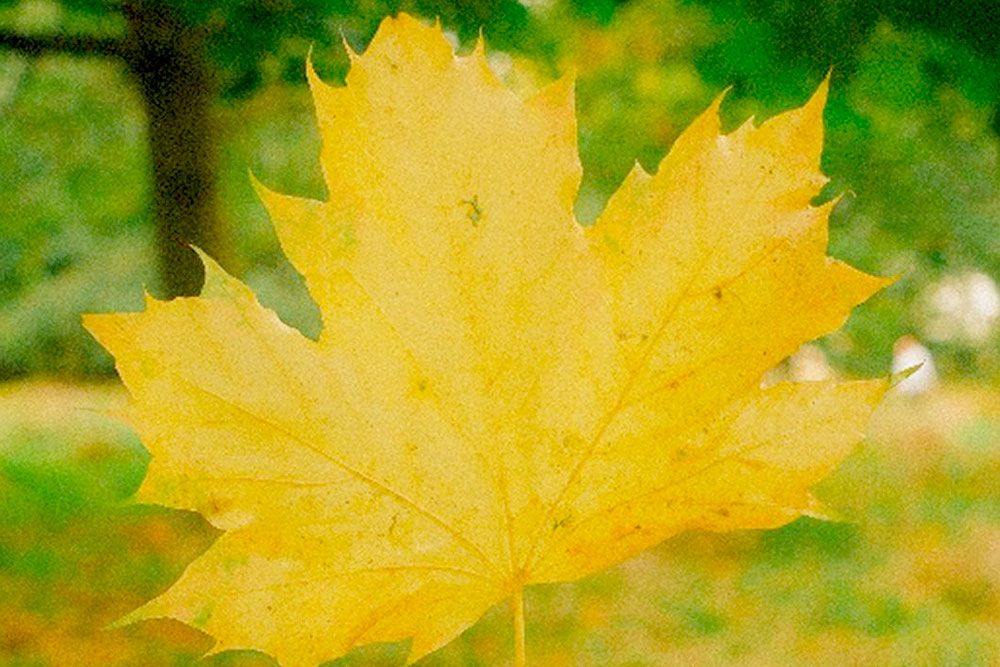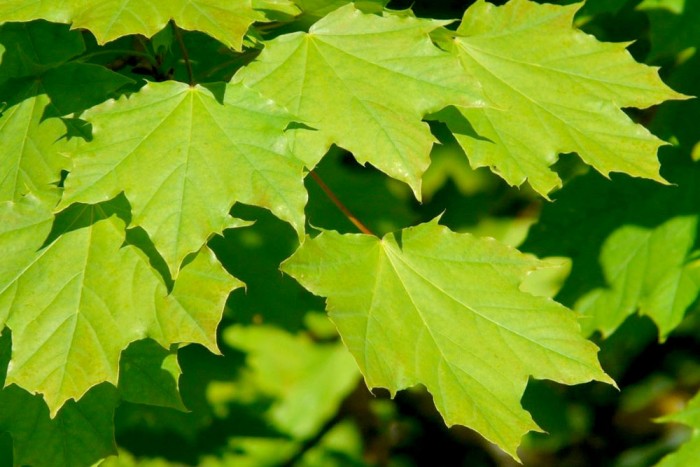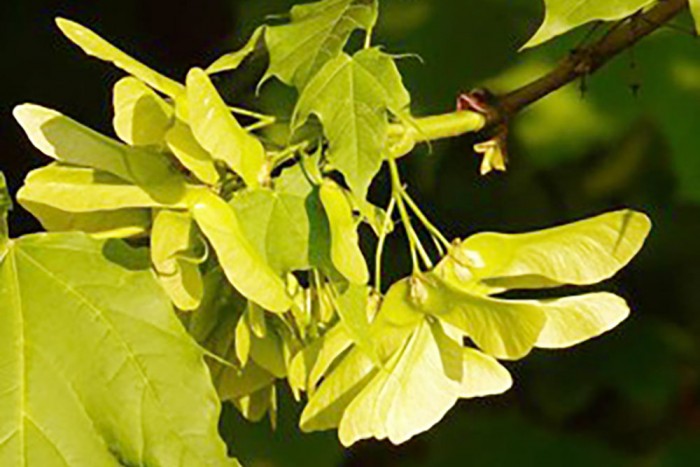Norway Maple threatens native species

Invasive Plant of the Month Feature
Norway Maples grow quickly and out-compete native trees for water, sunlight and nutrients
By Helen Varekamp and Renee Sandelowsky
Renee Sandelowsky and Helen Varekamp are Bayfield residents and local volunteers. They are writing a monthly series of articles, for the Canadian Coalition for Invasive Plant Regulation, about the benefits of planting native species of plants and removing invasive species. This month (February), our focus is on the Norway Maple or Acer platanoides.
We hear the term biodiversity tossed around but what does it actually mean? In simple terms, biodiversity is the variety and abundance of all life forms in a particular area, from microbes to humans. It encompasses the interconnected web of life that sustains us. When scientists warn biodiversity is declining, that’s bad news.
Biodiversity provides essential services that support life, including food, clean air and water, medicine, and fuel. We have oxygen because plants photosynthesize and convert carbon dioxide into breathable air. We enjoy fruits and vegetables because insects and other animals pollinate flowering plants. When parts of this interconnected system are lost, the ecosystem services we rely on can become disrupted. If many connections are lost, life itself is at risk.
Focus on Norway Maple – Acer platanoides
The Norway Maple is a medium to large deciduous tree, introduced into North America in the 1700s. Often mistaken for the native Sugar Maple, Norway Maple leaves are typically larger and turn yellow in autumn, while Sugar Maples display orange or red hues. Adding to the confusion, Norway Maple cultivars, such as the dark-purple-leaved Royal Red, are often mistaken for the native Red Maple —not because of their appearance, but due to the use of red in their names.
Norway Maples grow quickly and aggressively, out-competing native trees for water, sunlight and nutrients. Their dense canopy blocks sunlight from reaching understory plants, and they produce a large number of winged seeds that have a germination rate of nearly 100 per cent. Norway Maples are shade-tolerant, allowing seedlings to establish in the shady understory of a forest.
Studies have shown significantly less species diversity underneath Norway Maples when compared to native Maples. This is likely due to drier, shadier conditions, though some research suggests Norway Maples release allelopathic chemicals into the soil that inhibit the growth of other plants.
Following World War II, Norway Maples were widely planted as ornamental trees in Canadian cities. Despite the now known invasive impact, they are still sold in garden centres.
It is also worth noting the many different varieties that are available, such as the commonly sold Crimson King. This can all contribute to the invasion process as seedlings do not retain the features of the parent trees.

How to manage Norway Maple
Managing Norway Maple is challenging but achievable with persistence and a multi-step approach:
- Manual Removal: Young trees can be removed by pulling or digging out their root systems. Getting rid of a mature tree becomes more challenging because of size. Cut it down – or hire a professional to do so.
- Smothering: Cut trees will likely resprout. Cover the stump with a black garbage bag or tarp to block sunlight.
- Herbicide Treatment: Alternately, larger trees can be cut to the ground, followed immediately by herbicide treatment to prevent regrowth. Use herbicides only as a last resort, following local regulations to minimize environmental harm.
After removal, replant the area with regionally appropriate native trees. This step is essential to prevent reinfestation and to restore ecosystem health. Native trees will also attract pollinators and wildlife, improving biodiversity in your yard.
A good choice, as an alternative, would be Red Maple – Acer rubrum
Learn more and take action
Education is key to combatting invasive plants. Learn to identify invasive species and choose native or non-invasive alternatives for your garden. Focus on managing one or two invasive plants at a time and be patient – successful eradication takes time and persistence. Report sightings of Norway Maple on platforms like EDDMapS or iNaturalist to help track its spread and support broader management efforts.
To learn more, visit:
- Ontario Invasive Plant Council
- Canadian Coalition for Invasive Plant Regulation
- Grow Me Instead Guide
- Forest Gene Conservation Network
Contact Ausable Bayfield Conservation
If you have an invasive species management project you would like to do, contact staff at Ausable Bayfield Conservation Authority (ABCA). There is local technical expertise available at ABCA. Funding support may also be available.
